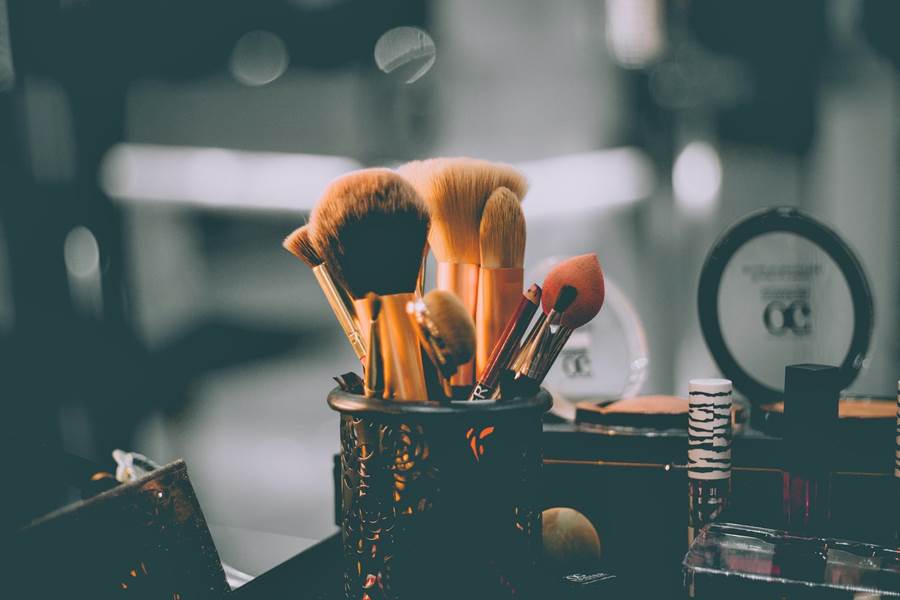Archeological research shows that cosmetics have been in use since antiquity. It is in human nature to care about the condition of our skin and to decorate our body. Substances used to make cosmetics evolved, starting from charcoal and natural pigments obtained from flowers and leaves to sun blockers, metallic eye-shadows, and fluorescent lipsticks.
However, are they all beneficial to health? Unfortunately, not necessarily.
A lot of cosmetics compounds can cause serious health problems and affect the whole organism. Moreover, some of them can be even genotoxic. That is why it is worth digging through the list of ingredients when you choose other cosmetics in grocery stores. Here, we present a brief review of harmful substances that can be found in cosmetics. Have you ever wondered how many of them do you have in your home?

Cosmetics
Can you imagine a world without the beauty industry? Probably not. We all use various types of cosmetics. Even if we are not heavy users of eye-shadows, hair conditioners, mascaras, foundations, and nail polish, we use soap and toothpaste daily. Today’s world is completely dominated by cosmetics.
Their widespread use is unprecedented. Producers create more and more fancy cosmetics with attractive labels, pleasant scents, and good prices. The times when people used just a few cosmetics mainly made out of natural compounds like essential oils are long gone. Just take a look at the average label of the sunscreen, and you will find information about the positive properties of biologically active ingredients.
Each label, no matter the type of cosmetics, from toothpaste and soap to enzymatic scrub and nail polish, promises health miracles. Since we all want to be young, beautiful, and healthy, we often fall for this false advertising. Still, the customers’ knowledge and awareness about cosmetics’ contents and potential risks of long-term application is not as high as it should be
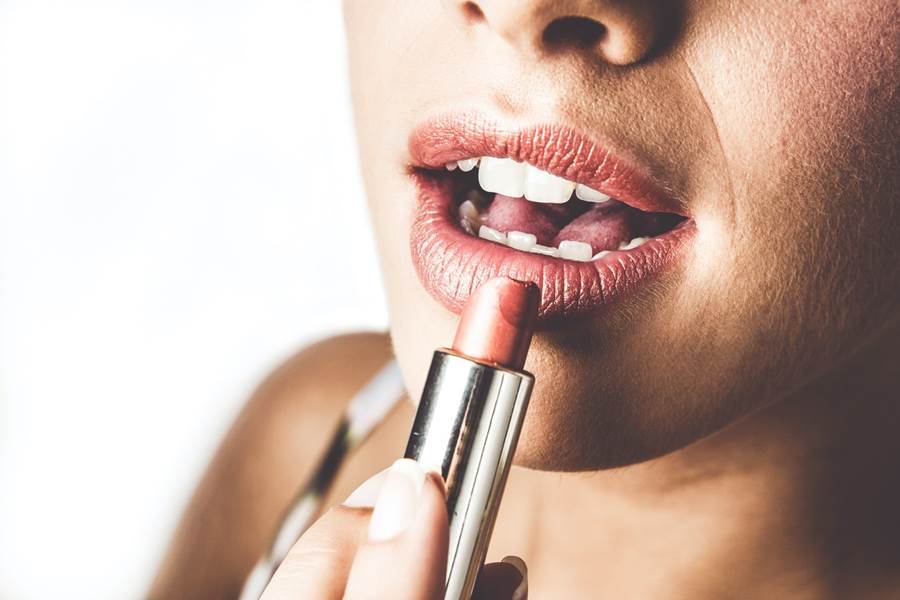
Creepy trace ingredients
Essential oils and other natural-based compounds are just an example of the very long list of chemicals that are relatively safe for our skin. However, reading the label of a cosmetic we may find many compounds like parabens, SLS, and others that are not healthy for us. Moreover, cosmetics may contain traces of very dangerous chemicals.
One of the most concerning issues is the contamination of cosmetics with heavy metals like arsenic, aluminum, cadmium, lead, and even mercury. All of these have a negative influence on human health . Some studies have shown that several heavy metals can accumulate in the human body and cause health problems .
Unfortunately, the toxicity of heavy metals is relative. It strongly depends on the used quantity, period of exposure, and route of absorption. Another concerning issue is that people begin to use cosmetics at a younger age than in the past, so their organism is more frequently exposed to various potentially dangerous substances than it should be. This is especially true in the case of mascaras, eye pencils, lipsticks, eye shadows, and many other personal care products put on the face and body daily.

Crossing the barrier
Human skin is a natural barrier that protects us from excess water loss, temperature changes, the negative influence of the environment, or some pathogenic microorganisms . However, regular direct application of cosmetics onto the body contributes to the increase in skin sensitivity.
Because of this, some ingredients, like heavy metals, might penetrate the skin and accumulate in the organism . Moreover, some toxic elements may permeate through mucosa and conjunctiva while wearing eye shadows or mascaras. Also, when people use lipsticks or lip glosses, they often lick off or swallow some of it by chance, so most of the substances contained in those gain an entry route into the organism . After permeating, heavy metals bind and affect tissues. They may even cause some disorders.
Where can we find heavy metals? Aluminum starch and aluminum compounds are commonly used in antiperspirants and mattifying cosmetics that soak sebum and sweat from the skin . Aluminum is also widely used in foundations, eye shadows, blushing, and many other color cosmetics.
Heavy metals like arsenic, lead, and mercury are prohibited in cosmetics, yet, many natural minerals contain traces of those elements. Arsenic can be found along with bismuth in the whitening creams and whitening skin powders. Lead can occur in lip products, eye shadows, and other color cosmetics , while mercury is mainly used as a preservative and can be found in skin-lightening products like creams and powders .
Of course, usually, there are only trace amounts of these metals in cosmetics, but are safe? Let’s take a closer look at what are the health impacts of various chemical elements found in cosmetics.
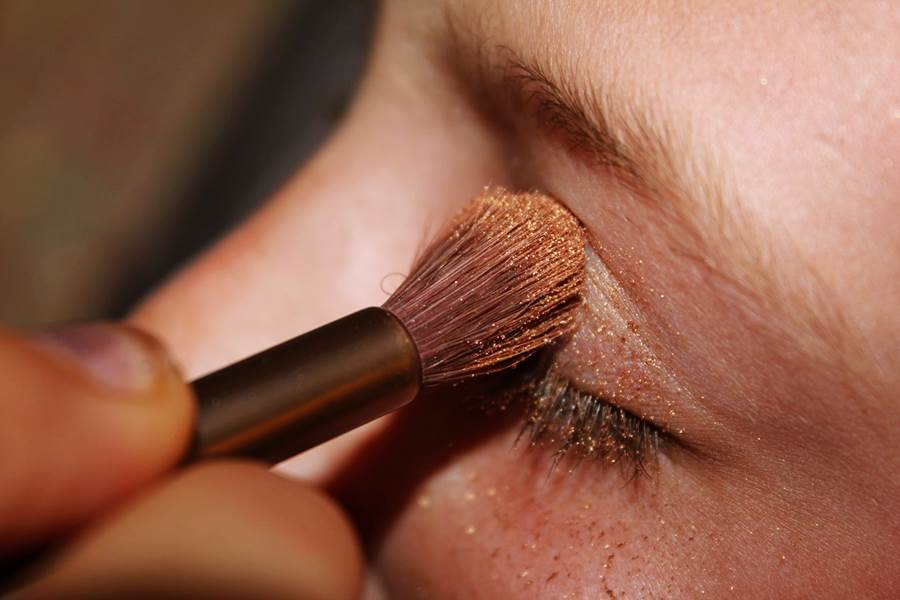
Toxicity of heavy metals- how it work?
Lead
Lead negatively influences our bodies in two ways: it has an ionic impact, and it is associated with oxidative stress. The ionic effect derives from the fact that lead ions can replace some ions that are needed in our organisms, such as calcium, iron, sodium, or magnesium ions. As a result, many biological processes are disturbed [7]. This effect may also induce neoplastic tumor development .
Furthermore, it increases the level of free radicals that have a negative influence on tissues, leading to a decrease of antioxidants in cells. This imbalance, called oxidative stress, is the reason why organic compounds such as proteins, nucleic acids, or lipids might succumb to damage.
Cadmium
Cadmium is a heavy element that is harmful to bones. It replaces the calcium, and as the result, it may cause osteoporosis. Its interaction with calcium leads to kidney diseases like hypercalciuria . It also leads to stomach problems, including extremely annoying emesis and diarrhea. If cadmium enters the bloodstream it interacts with the iron causing anemia. Unfortunately, long-term exposition to cadmium may have an enormous impact on our organisms’ functions.
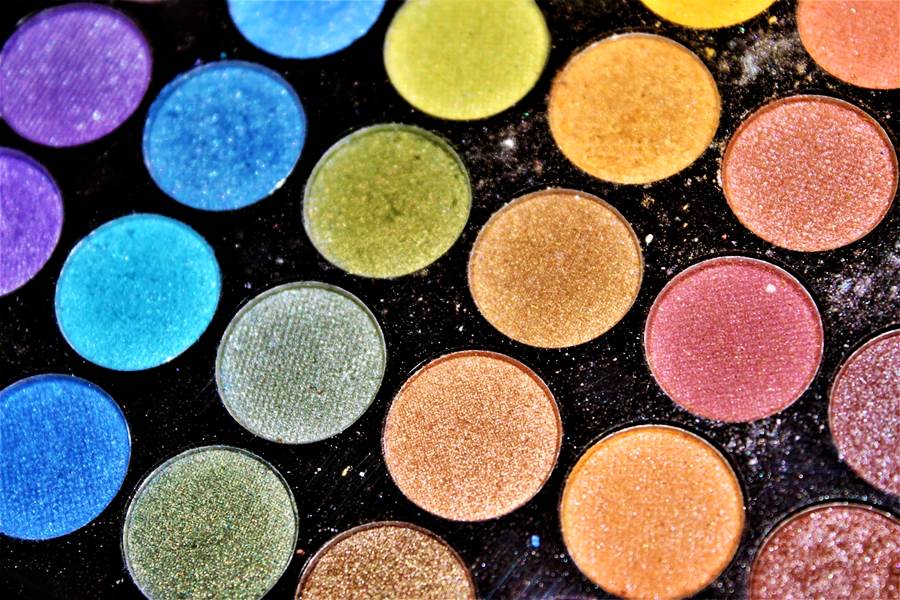
Arsenic
Arsenic has been well-known for its toxic properties for many centuries. As reported, this heavy metal enters our organism mainly by accident, during drinking, or eating .It is the reason why lip cosmetics may be potentially dangerous. During chemical reactions in the organism, it becomes desperately toxic and prospectively carcinogenic
Aluminum
There are several ways of aluminum interpenetrating our bodies. This heavy metal enters our organism through the skin barrier, respiratory system, but mainly through the digestive system, where aluminum is absorbed . Afterward, it is released to the bloodstream, causing several disorders like anemia.
Aluminum can accumulate in different tissues, primarily in bones, muscles, lungs, brain, liver, and kidneys. Moreover, people with kidney diseases are especially liable to the buildup of this metal .
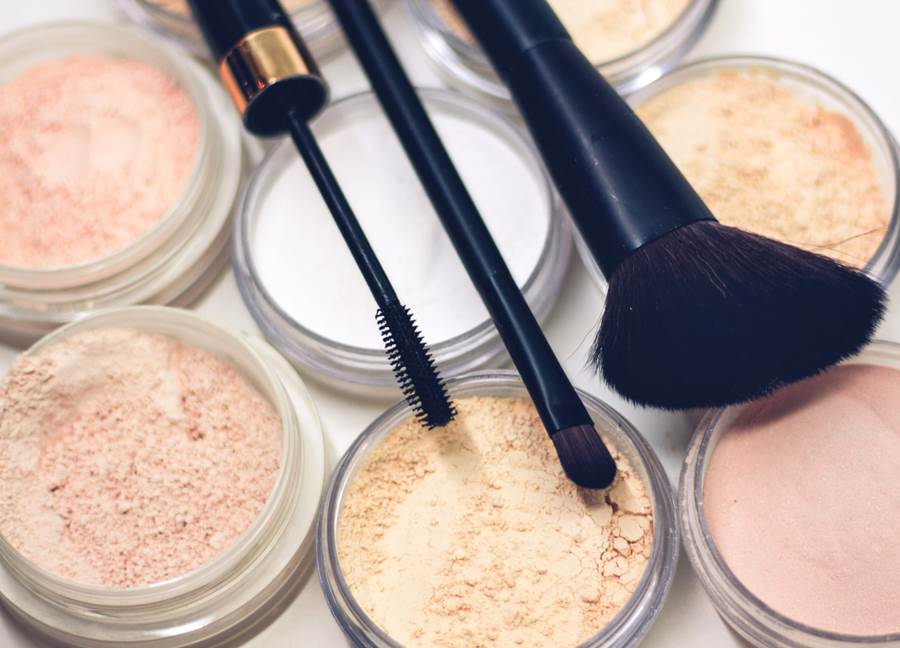
Summary
Killer makeup ingredients? Sounds spooky! Long exposure to particular metals leads to their accumulation in the organism. This can be followed by multiple disorders, so when we choose highly pigmented products like eye shadows it is better to choose those without the metallic sparkles. Mattifying powders?
There are many natural alternatives like bamboo starch or other, natural starches that are neutral for our skin. What about antiperspirants? For sure it is better to choose aluminum-free and alun free (as alun also contains aluminum). In general, it is good to read labels and replace mineral cosmetics with natural ones and/or reduce the frequency of their use.
Article originally Published in Technology.org CLICK HERE
FOLLOW INDEPENDENT PRESS:
TWITTER (CLICK HERE)
https://twitter.com/IpIndependent
FACEBOOK (CLICK HERE)
https://web.facebook.com/ipindependent
Think your friends would be interested? Share this story!


